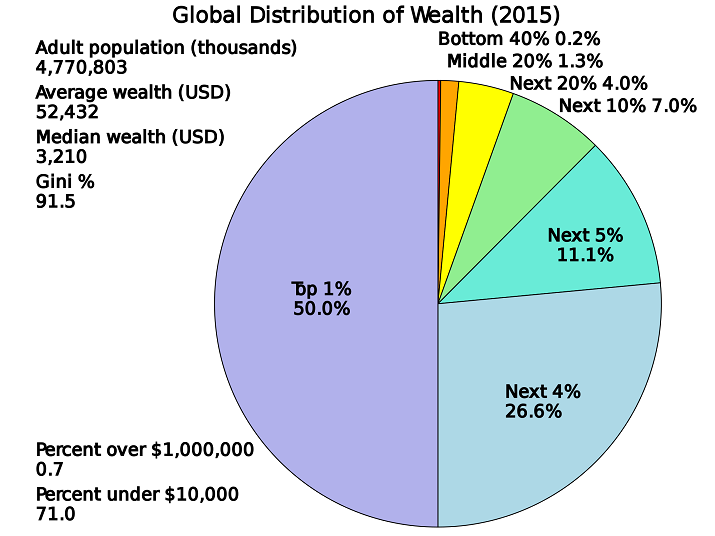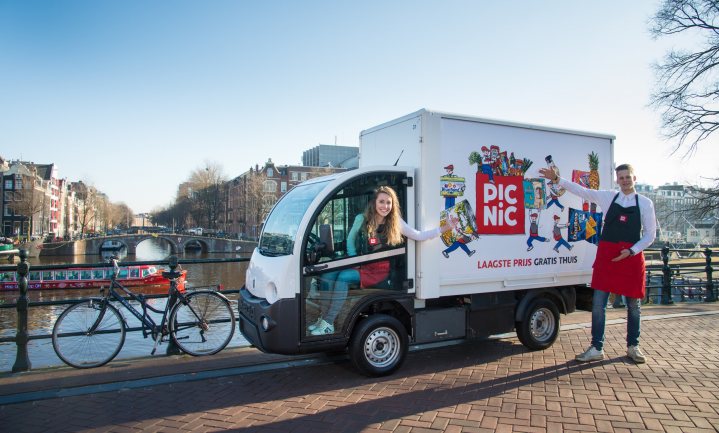When the marketplace got introduced in our society, cities thrived because not everybody was obliged to work on land to provide food for themselves. This development has been marked as the start of our civilization. Many years later a new revolution occurred: the industrial revolution. Here manual labour was transformed into machine labour, which further increases labour production. Then the arrival of the internet made way for the market 2.0. Firms are now able to do business via the internet and therefore the information asymmetry decreased and product transparency increased both creating more value for society. A downside related to the characteristics of the internet is the winner-takes-all economies it creates. These new economies result in a distribution of wealth which is far more unfair than the industrial revolution already did. Moreover, the effect of further expanding the income inequality around the world is only fuelled by these winner-takes-al economies. To demonstrate how far the distribution of wealth already has been misplaced: the 1% richest people in the world, own over 50% of its wealth (The Guardian, 2017). Since now people who debate a universal base income haven’t been taken seriously, but now Elon Musk has jumped in the discussion by saying it is inevitable for us to embrace a universal base income, it is been taken more serious (Business Insider, 2017).
Another development that might pave the way for a universal base income would be the Market 3.0. In a market based on the Market 3.0 model, almost every economic decision would be made by AI machines. Were in the industrial revolution the need for physical labour almost completely disappeared, the Market 3.0 will do the same to mental labour. Moreover, the Market 3.0 facilitates a winner-takes-all economy further leading to an unmanageable distribution of wealth. This all would continue until the point where people aren’t able to consume any product no more. The only option for both producers and consumers would then be, universal base income.
Reference:
Chris Weller, C. (2017, February 13). Elon Musk doubles down on universal basic income: ‘It’s going to be necessary’. Retrieved October 15, 2018, from https://www.businessinsider.nl/elon-musk-universal-basic-income-2017-2/?international=true
Rupert Neate, R. N. (2017, November 27). Richest 1% own half the world’s wealth, study finds. Retrieved October 15, 2018, from https://www.theguardian.com/inequality/2017/nov/14/worlds-richest-wealth-credit-suisse



